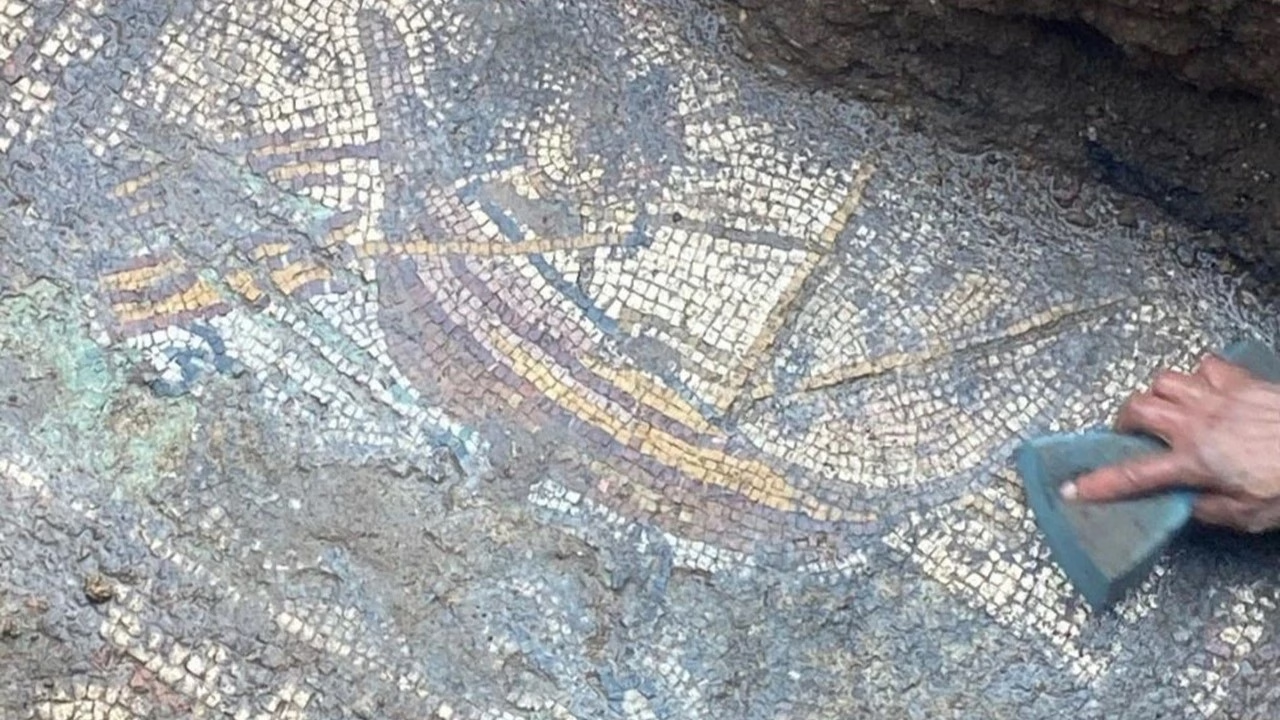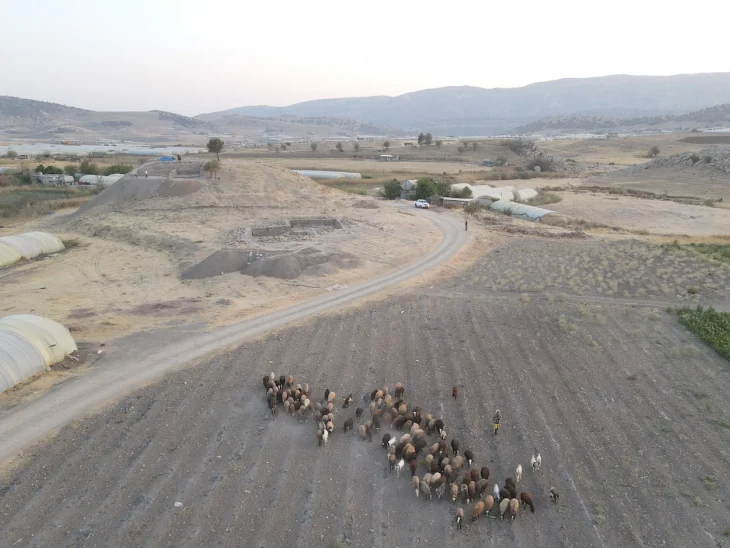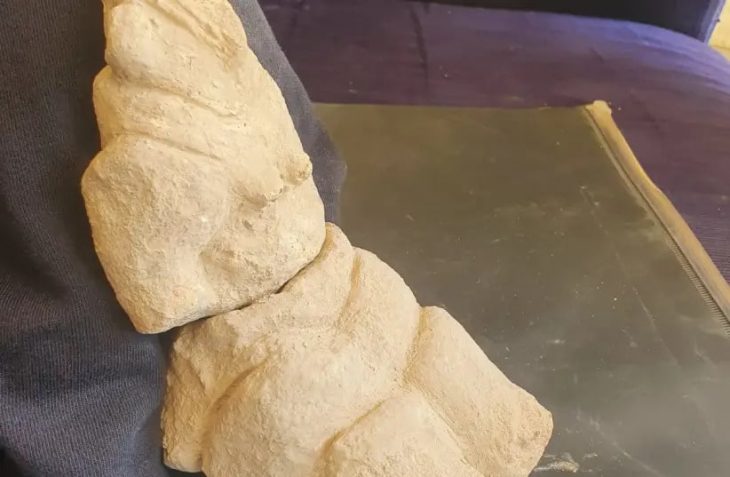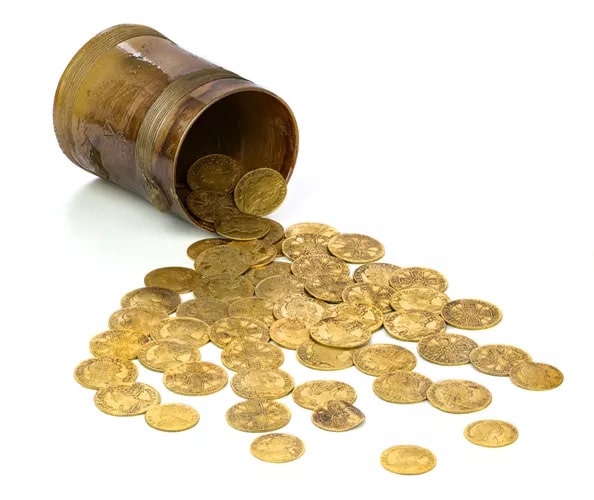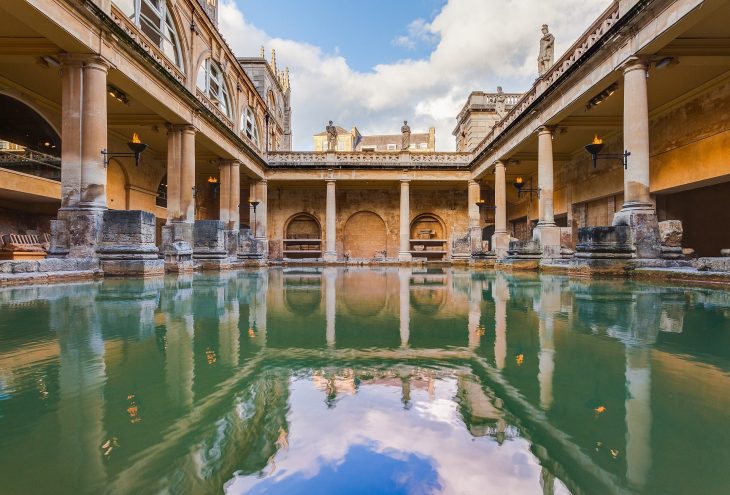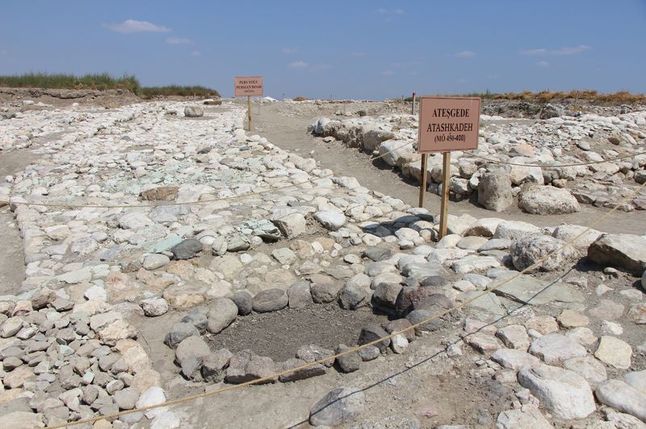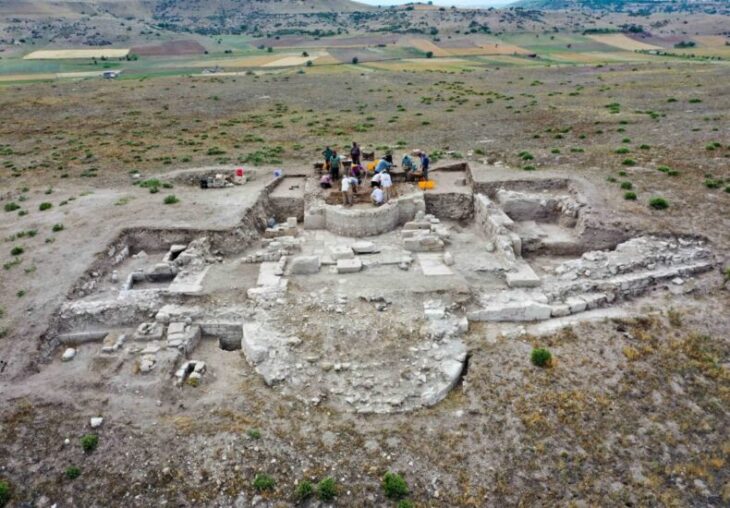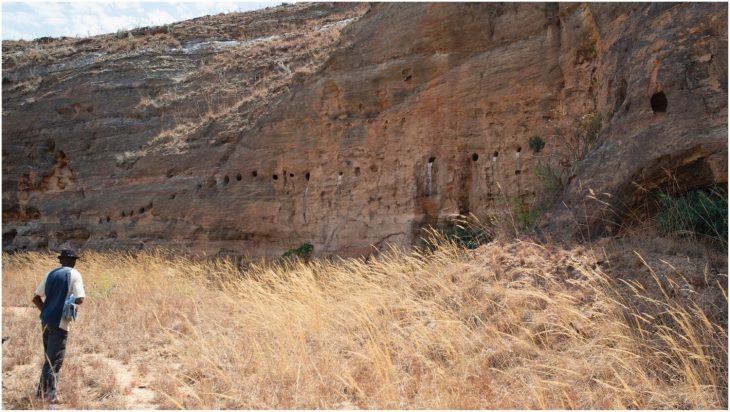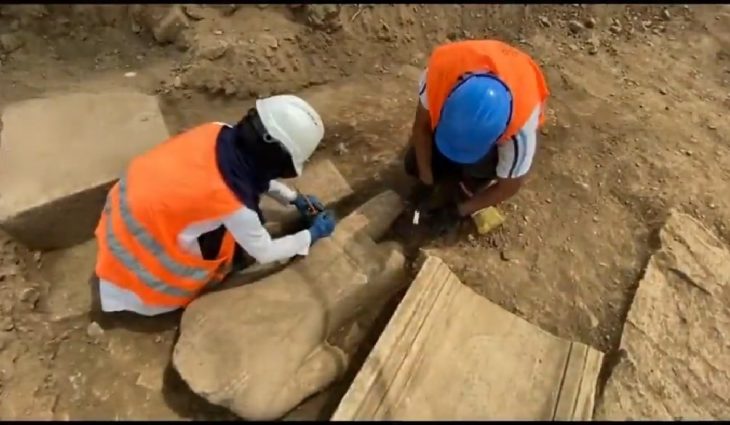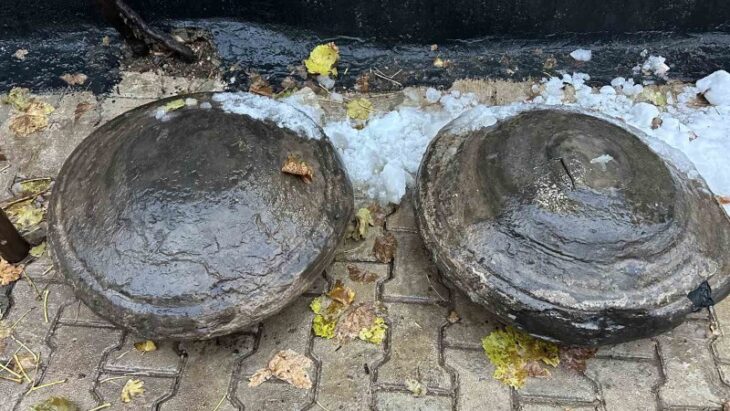A set of remarkably preserved mosaics, believed to date back to the early Christian era, have been discovered during foundation excavations in the Beyler Neighborhood of İznik (ancient Nicaea), Bursa. This discovery, reported by Ancientist, coincides with the upcoming visit of Pope Leo XIV, the newly elected head of the Catholic Church, and has ignited global interest in the city’s spiritual and archaeological heritage.
Featuring iconic Christian symbols—a ship and a deer—the mosaics are believed by experts to originate from the 1st to 4th centuries AD, possibly during or shortly after the time of Jesus Christ.
Archaeologists and historians suggest the mosaics could originate from the first centuries of Christianity, marking an invaluable link to the faith’s earliest followers. Experts are now carefully analyzing the figures’ theological and historical meanings, which may provide deeper insight into Christianity’s formative years.
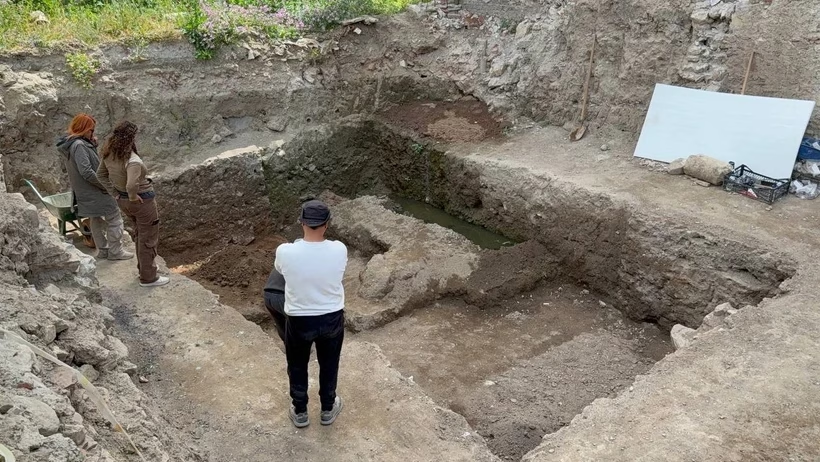
A Historic Coincidence or a Divine Sign?
The discovery comes at a time of heightened attention on İznik, as Pope Leo XIV prepares for an official visit—an event expected to fulfill the final wish of his predecessor, Pope Francis, who had long expressed a desire to travel to this sacred city. Vatican sources confirm that İznik holds profound significance for the Church as the location of the First Council of Nicaea.
1700 Years Since the First Council of Nicaea
Set against the backdrop of the upcoming 1700th anniversary of the First Council of Nicaea in 2025, this discovery feels particularly poignant. Convened in 325 AD by Emperor Constantine, the council played a pivotal role in defining Christian doctrine, including the formulation of the Nicene Creed, Christianity’s first universal profession of faith. The Pope’s visit is expected to reignite global interest in the city’s religious and historical legacy.
📣 Our WhatsApp channel is now LIVE! Stay up-to-date with the latest news and updates, just click here to follow us on WhatsApp and never miss a thing!!
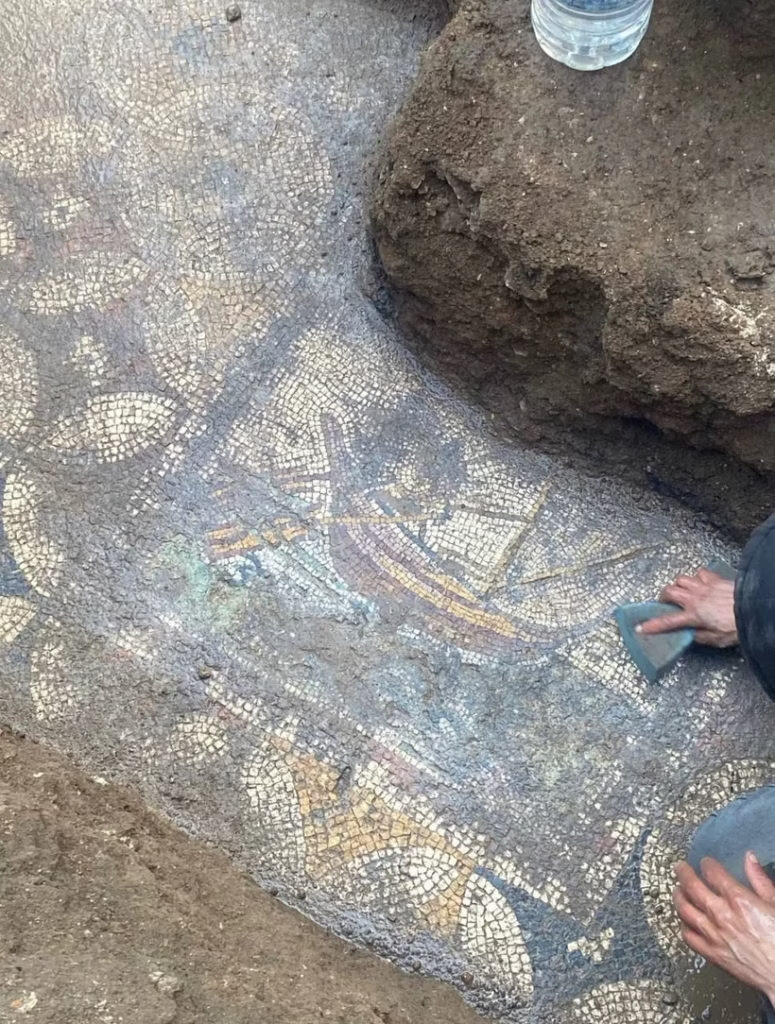
İznik’s Hollywood Connection: Gladiator’s Real-Life Inspiration?
Adding another layer to the story, the excavation site lies near an area believed to be associated with Maximus Decimus Meridius, the central figure from the Oscar-winning film Gladiator. While the character is fictional, İznik’s rich and layered history clearly continues to inspire storytelling and scholarship alike.
With increasing international attention on İznik, experts and cultural advocates are renewing their calls for the city and its archaeological treasures to be granted UNESCO World Heritage status. The newly discovered mosaics—alongside İznik’s deep ties to Christian history—may be a turning point in elevating the city’s global cultural profile.
In a curious twist, the recent discovery of the mosaics is not the only revelation linked to İznik’s ancient Christian legacy. Just 29 April, an amateur treasure hunter made headlines by claiming to have identified the original site of the First Council of Nicaea, a mystery that has baffled historians for centuries. While the claim remains under scholarly review, the coincidence has fueled public fascination with the area.
👉 Read the full story on ArkeoNews:
[Treasure Hunter Claims to Find First Council of Nicaea’s Location, Demands $50 Million for Discovery]

